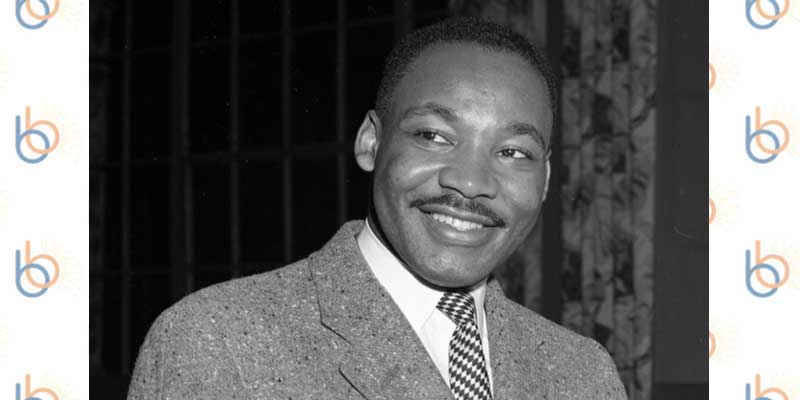Educational News
How to Celebrate Diversity in the Classroom

As America becomes increasingly diverse, one of the first places that students encounter that diversity is in their classrooms. This is an incredible opportunity for teachers to introduce students to the principles of inclusivity and mutual respect that will make them active and productive citizens later on.
One of the first ways to practice inclusivity is to be open about the differences that students bring into the classroom. For instance, just because all of the students have families that live in Cleveland now, doesn’t mean that everyone’s family is originally from Cleveland. One exercise that teachers can do to begin to recognize and celebrate differences is to have students ask their parents where their families are from. Then the students can report back. There will be some students whose families have been in the same place for generations. Others will report that their families are from Mexico or Nigeria or India. During the exercise, you can have each student place a pin in a map to show where they are from. The map can then represent all the cool places that students come from and the various cultures that they bring with them into the classroom.
Another way to build an inclusive classroom is by using content that represents lots of different people. Children are used to reading stories that include magic and animals and challenge their imaginations. But it is also important that they encounter stories about the real people they’ll meet in the world. Books are powerful tools for helping people learn to empathize with others. Children can read books about people from different backgrounds, who speak different languages, have different challenges, and who have different strengths. Encountering these characters in the classroom and talking about them with their peers can help students to understand that the world is full of different people who are interesting and smart and have valuable things to offer.
Finally, it is important that students feel that their own experiences are equally valued by their teachers and mentors. This means that when students have an experience that is different from their peers, they are not left out of conversations in the classroom or made to feel odd because of their differences. Teachers have a vital role in accomplishing this. One thing teachers can do is to agree with students who are in the minority. So if students are talking and one of them has a different opinion or experience than the others, a thoughtful teacher can point out how that student’s answer is accurate or valuable. Another way that teachers can support students is by giving an example of someone students know who has a similar experience. Students will know lots of actors, musicians, athletes and authors whose experiences may differ from their own. By pointing out that the people students admire also have these diverse experiences, we can teach them to value difference from a young age.
Ultimately, we all have a range of encounters with people whose languages, religions, and families are different than ours. Teachers are in a unique position to teach children early on that these differences make us stronger and should be valued.


